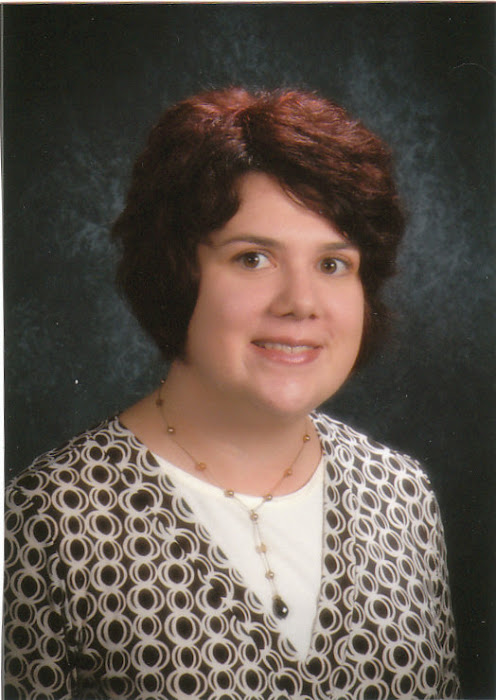Various studies have determined that many instructional practices during literacy methods courses have had a positive impact on creating more effective writing teachers. I will explore the areas of literacy histories, increased collaborations with K-12 students, writing circles, book clubs, and multigenre writing as opportunities for preservice teachers to bridge theory and practice in literacy instruction and become more confident, effective teachers of writing.
I will be drawing background knowledge from Chapter 22: Teaching of Writing and Writing Teachers Throughout the Ages in the Handbook of Research on Writing. Roen, Goggin, and Clary-Lemon (2008) provide an overview of writing instruction from the classical period through the twentieth century. My main area of interest focuses on the latter sections of the chapter that are devoted to the writing instruction of elementary, secondary education, and post secondary instructors.
The following are key components from Chapter 22:
- Perceived literacy crisis in the United States resulted in more government funding and value on the teaching of English including writing.
- The National Writing Project (NWP) was established in 1974 at the University of California-Berkely as a commitment to strengthening the writing instruction of K-16 teachers across the United States. "The NWP's mission is to improve the teaching of writing by developing and sustaining university-based writing projects" (Roen, et al., 2008, p, 353).
- A shift in focus from product-oriented to process-oriented writing was seen in the 1970s and 1980s with the publication of a variety of articles devoted to composition in NCTE's journals.
- The 1980s and 1990s, saw an emergence of writing workshops and instructional techniques from researchers and educators including Donald Graves, Lucy Calkins, Tom Romano, and Nancie Atwell. These names are still widely read and cited in writing research today.
- There is still a predominance of writing instruction that workshop oriented compared to effective teaching of English.
- There are vast discrepancies between writing instruction for K-12 teachers and instruction for college writing teachers. As previously stated, K-12 teachers are given less preparation for the teaching of writing.

